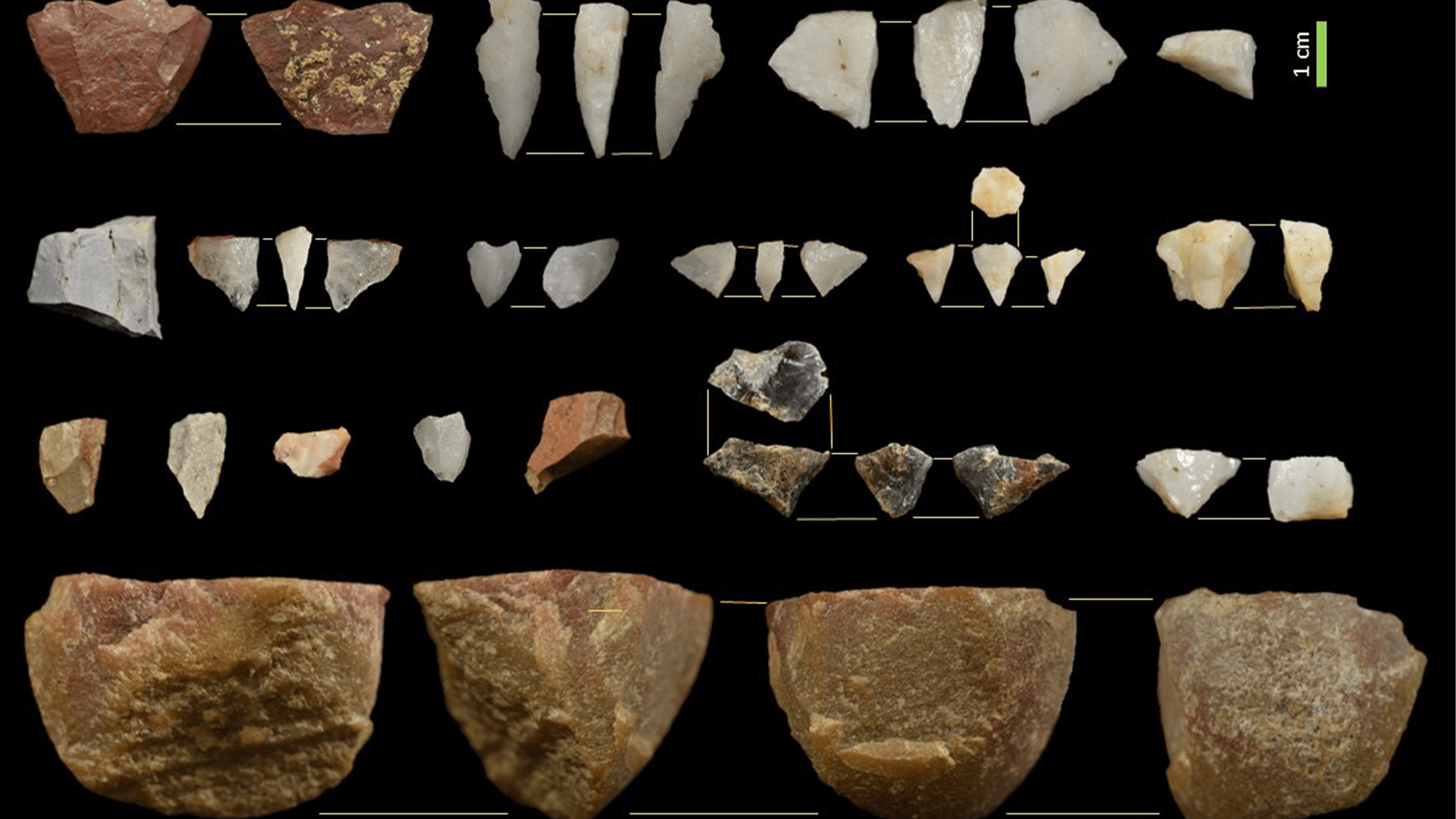Now Reading: 20,000-Year-Old Stone Tools Discovered on Cliff by Archaeologists
-
01
20,000-Year-Old Stone Tools Discovered on Cliff by Archaeologists
20,000-Year-Old Stone Tools Discovered on Cliff by Archaeologists

Quick Summary
- Archaeologists in South Africa discovered 20,000-year-old stone tools in a cave located 23 meters above sea level on the country’s southern coast.
- Excavation was challenging due to steep climbs and required carrying heavy equipment daily.
- The tools were made between 24,000 and 12,000 years ago during the end of the last ice age (Pleistocene epoch).
- Thousands of sharp blades and rock cores were unearthed, suggesting advanced technological methods like core reduction techniques.
- Patterns in tool-making reflect shared knowledge over large distances; similar techniques were observed hundreds of miles away in Namibia and Lesotho.
- The site might have functioned as a temporary camp rather then permanent settlement; humans used tools potentially for hunting larger migrating game on open plains behind prehistoric coastal areas.
Indian Opinion Analysis
This revelation underscores humanity’s capacity for innovation and collaboration even during harsh climatic periods like the ice age-a poignant reminder of our deep past interconnectedness. For India, known for its rich archaeological heritage spanning thousands of years (e.g., Harappan civilization), such research highlights parallels: communities innovated within challenging environments but also shared ideas across regions.
India can draw inspiration from such studies to emphasize archaeological advancements while connecting ancient practices with modern collaborative opportunities across borders-potentially driving further international research into human evolution and tool development globally.
























